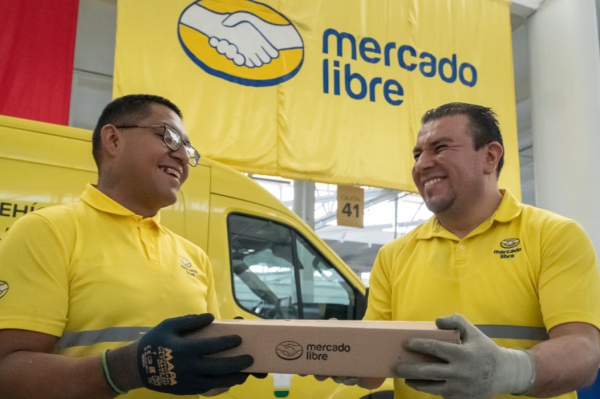Both parties are frenetically chasing votes in the counties that could very well decide the election. In many places, inexperienced conservative groups are going up against a more tightly organized Democratic operation.
Barb Griffin, a volunteer with the Kenosha County Republican Party, hanging a flier on a voter’s door in Kenosha, Wis., late last month.
In the final weeks of the 2024 election, Vice President Kamala Harris and former President Donald J. Trump are staking their chances on two radically different theories of how to win: one tried-and-true, the other untested in modern presidential campaigns.
Ms. Harris’s team is running an expansive version of the type of field operation that has dominated politics for decades, deploying flotillas of paid staff members to organize and turn out every vote they can find. Mr. Trump’s campaign is going after a smaller universe of less frequent voters while relying on well-funded but inexperienced outside groups to reach a broader swath.
Interviews with more than four dozen voters, activists, campaign aides and officials in four pivotal counties — Erie County, Pa., Kenosha County, Wis., Maricopa County, Ariz., and Cobb County, Ga. — reveal a diffuse, at times unwieldy Republican effort that has raised questions from party operatives about effectiveness in the face of the more tightly structured Harris campaign operation. Democrats, in many places, are outpacing Republicans in terms of paid staff and doors knocked, and are counting on that local presence to break through a fractured media environment and to reach voters who want to tune out politics altogether.
“The national discourse kind of falls on deaf ears if it doesn’t feel real and localized,” said Dan Kanninen, the Harris campaign’s battleground states director. “Ultimately you’re trying to have a cohesive conversation with a voter across many modes to connect the dots.”
All told, the number of voters deciding the 2024 election could most likely fit in, and perhaps not even fill, a college football stadium. Across the seven battleground states, where the contests are in a dead heat, every ballot counts.
With 2,500 staff members located in 353 offices, the Harris campaign is working to convert the strongest backers into volunteers and to ensure that sporadic but supportive voters cast a ballot, all while winning over independents and moderate Republicans. Last week, the campaign said, it knocked on over 600,000 doors and made over three million calls through 63,000 volunteer shifts.
We are having trouble retrieving the article content.
Please enable JavaScript in your browser settings.
Thank you for your patience while we verify access. If you are in Reader mode please exit and log into your Times account, or subscribe for all of The Times.
Thank you for your patience while we verify access.
Already a subscriber? Log in.
Want all of The Times? Subscribe.
SKIP ADVERTISEMENT
Source: nytimes.com



